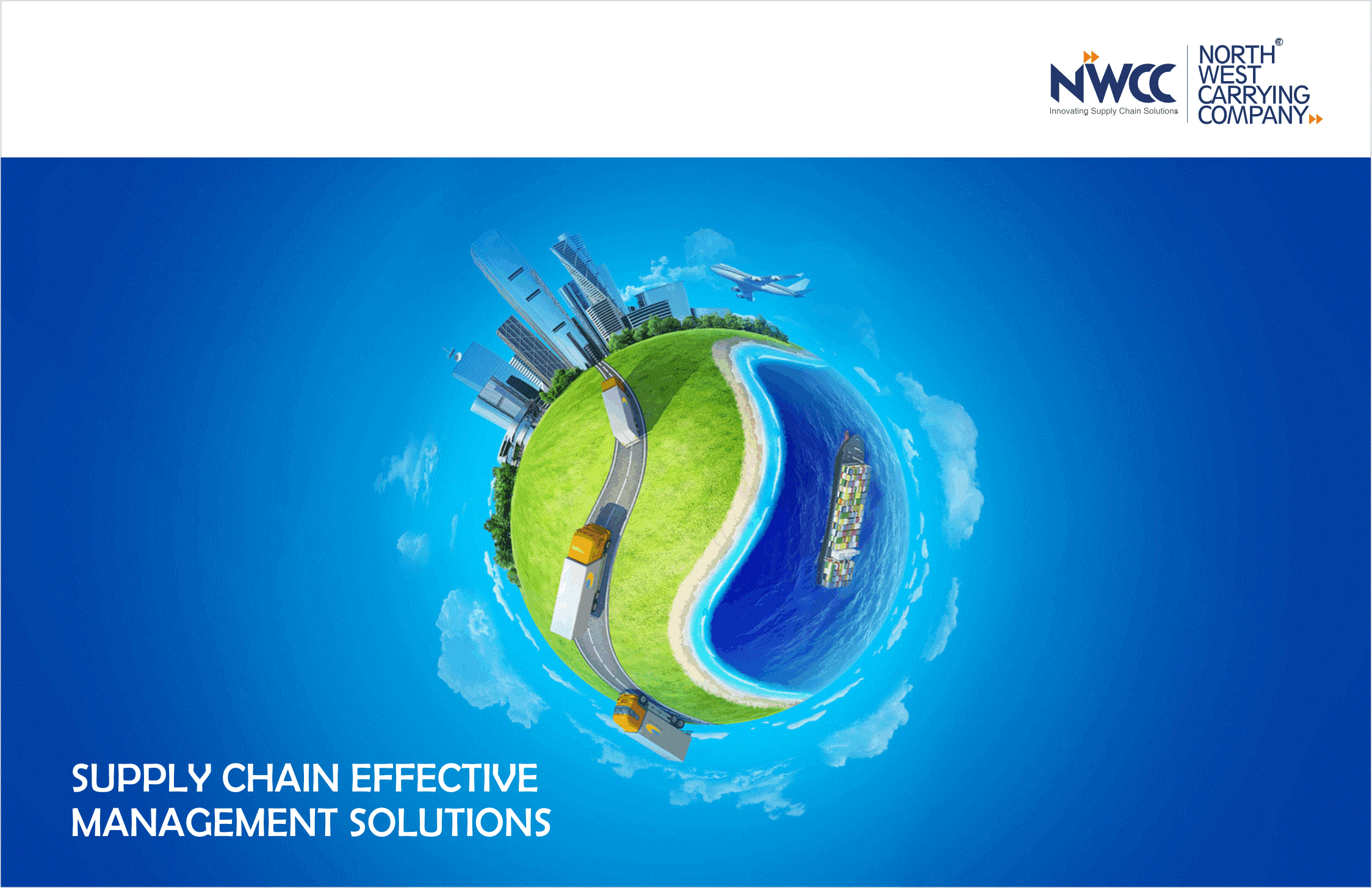
The Supply Chain management risks for large companies
Recent trends have increased the risk exposure of global supply chains. A variety of internal and external forces are driving this rise in supply chain risk. Some are macro trends such as globalisation and global connectivity, while others stem from the never ending push to improve efficiency and reduce operating costs.
Supply chain risks
A company that manages supply chain risk more effectively than its competitors can boost its market image and create significant shareholder value through superior product innovation, cost management, asset efficiency, and regulatory compliance.
NWCC helps clients understand their supply chain risks and outline the different ways to manage these risks. We do this with the help of proven methodologies and tools, like the TAME ) framework (Transfer – Accept – Mitigate – Exit; a tool that enables selection of the appropriate risk management option depending on the risk intensity and associated vulnerability level.
Next to increasing risks, supply chain complexity can also be a source for analytic advantage. Supply chain analytics can provide additional insights across the organisational value chain that can foster proactive management. Supply chain visibility and analytical models are typically grounded in hindsight. Making decisions based only on what happened in the past no longer provides competitive advantage. Furthermore, data volume grows exponentially and global business is becoming more complex, which makes it difficult to uncover hidden insights. There is a need for
analytical computing capacity and analytical tools to meet this challenge.
With the analytics service offering NWCC can help you transform data into real-time, predictive insights which enables more informed and responsive decision-making. NWCC’S profound industry experience and advanced analytics capability maximises the value of data by turning everyday information into useful and actionable insights.
NWCC has developed a structured and collaborative approach which leads to a successful implementation of sustainable working capital reduction in the organisation.
NWCC’s Customized ERP System provides instant insight in the most important working capital KPI’s down to a detailed level and is easily adjustable and expandable to your company’s specific needs.
Besides securing sufficient liquidity, a company must also be able to cope with external and internal pressure on margins. One way to realise an improvement of your profit margin is through cost-to-serve optimisation initiatives.
Cost-to-serve is a collective term for methodologies that reveal the true cost of processes and activities in manufacturing (Cost-to-Make), logistics (Cost-to-Fulfil), and selling (Cost-to-Sell). The reduction or effective allocation of these costs will have a positive impact on the P&L.
When evaluating customer profitability all these cost components need to be taken into account. Focus should thus lie on the bottom line profitability, not on total revenue or gross margin. Cost-to-serve expands customer P&L reporting with a more comprehensive and accurate assignment of costs based upon customer behaviour, and supports multiple dimensions of drill down into underlying cost drivers. It therefore facilitates profitability and portfolio complexity decisions at the granular level of products and customers.
NWCC helps companies to increase their cost-to-serve transparency by using pragmatic activity based costing principles in a supply chain context.
Another way to improve operating margins and increase asset efficiency is to strive for operational excellence. Lean Six Sigma (LSS) is a structured and proven performance improvement methodology, which focuses on eliminating waste by improving cost efficiency, quality, reliability and compliance safety. It combines focus on the customer with a structured, data-driven approach, leading to measurable improvements. LSS is more than a methodology; it is a way of thinking where all employees play an important role in a culture of entrepreneurship and accountability. This allows for a flow of continuous improvement, which enables organisations to continuously achieve successes in lowering costs and enhancing customer’s experience by improving efficiency, quality and lead time.
NWCC can help you achieve operational excellence by supporting your employees in the Lean Six Sigma approach and implementation, and by creating the necessary preconditions to translate this operational excellence into enhanced business performance. We have experienced and qualified professionals who can help your organisation to transform processes in a variety of industries.









Another approach to enhance working edges and increment resource productivity is to take a stab at operational magnificence. Incline Six Sigma (LSS) is an organized and demonstrated execution change strategy, which concentrates on killing waste by enhancing cost productivity, quality, dependability and consistence security. It joins concentrate on the client with an organized, information driven approach, prompting to quantifiable upgrades. LSS is more than an approach; it is a mindset where all representatives assume a critical part in a culture of business enterprise and responsibility. This takes into account a stream of nonstop change, which empowers associations to ceaselessly accomplish triumphs in bringing down expenses and upgrading client’s experience by enhancing proficiency, quality and lead time.
NWCC can help you accomplish operational brilliance by supporting your representatives in the Lean Six Sigma approach and usage, and by making the vital preconditions to make an interpretation of this operational incredibleness into upgraded business execution. We have encountered and qualified experts who can help your association to change forms in an assortment of ventures.